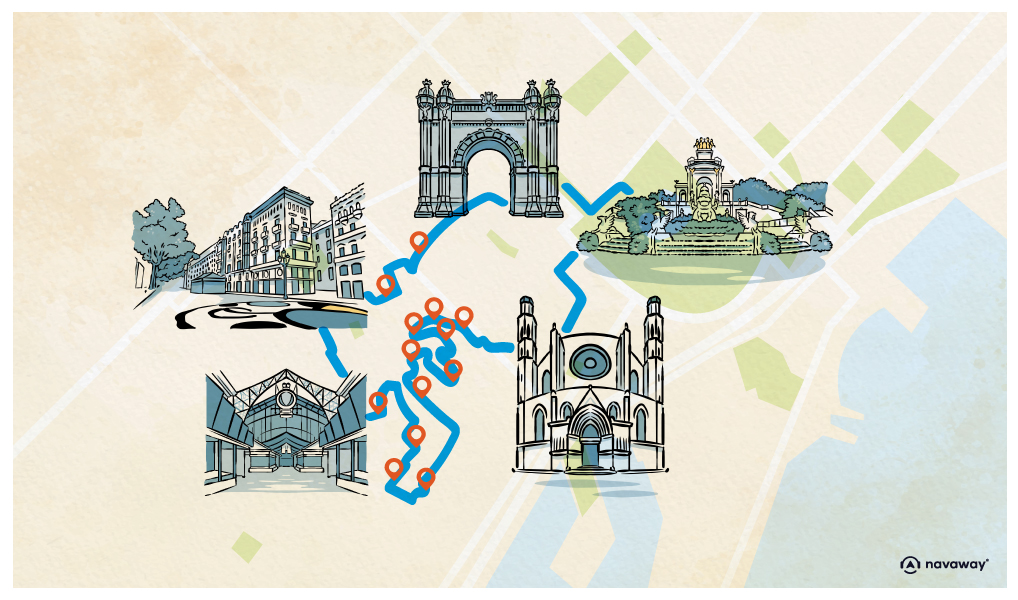
Sant Jaume Square
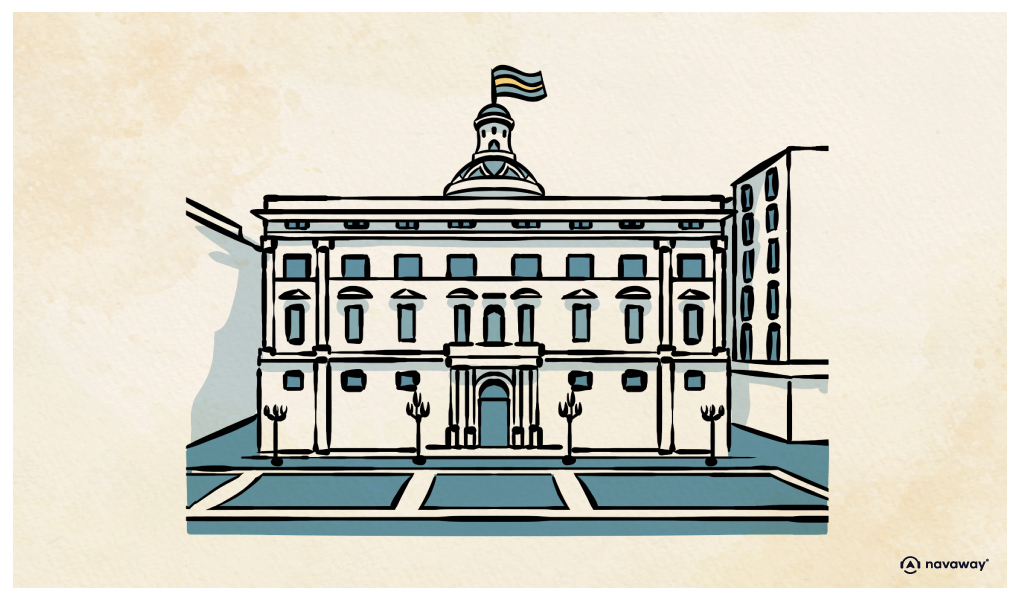
This point of interest is available as audio on the tour: Visit Barcelone, La belle catalane
Let’s travel back in time to when Barcelona was still called Barcino. You’re standing at the crossroads of two major Roman roads, where the Roman forum and the Temple of Augustus once stood. The four columns from the temple that are still standing are just around the corner on Carrer del Paradís. The square gets its current name from the former Church of Sant Jaume, demolished in 1823 to make space for the city’s new political hub. For a while, it was even called Constitution Square, surrounded on one side by the Palau de la Generalitat—the seat of the autonomous Catalan government—and on the other by the Ajuntament de Barcelona, the city hall. Both buildings are equally impressive and have been listed as sites of national interest. The government palace has a dome, with four columns supporting a balcony and a statue of Saint George slaying a dragon. Its construction began in 1400, and it’s one of the few medieval buildings in Europe still housing the institution that commissioned it. From the outside, you’d never guess how beautiful it is inside. Free guided tours are offered on the first and fourth weekends of each month. So if you’re here at the right time, you can discover what’s behind these walls. Just opposite is Barcelona’s city hall. Its origins date back to 1249, when King James I of Aragon appointed four councillors to govern the city, giving it some independence. This is where Barcelona’s municipal history started. Through the main entrance, you’ll reach the inner courtyard, full of sculptures by renowned Spanish artists. The rest of the building is open to visitors every Sunday. Today, Sant Jaume Square is a gathering spot and a breath of fresh air among the city’s narrow streets. This is where FC Barcelona is welcomed after a major win. During Catalan celebrations, you’ll also see two iconic traditions here: the Sardana and the Castellers. The Sardana is a traditional dance symbolising freedom, while the Castellers are the human towers we mentioned earlier—now officially a part of the Intangible Cultural Heritage list.

Discover other tours to visit Barcelone

Discover Barcelone with app
An interactive guide through the most beautiful streets, squares, and districts
26 fun audioguides full of historical facts, anecdotes, and legends
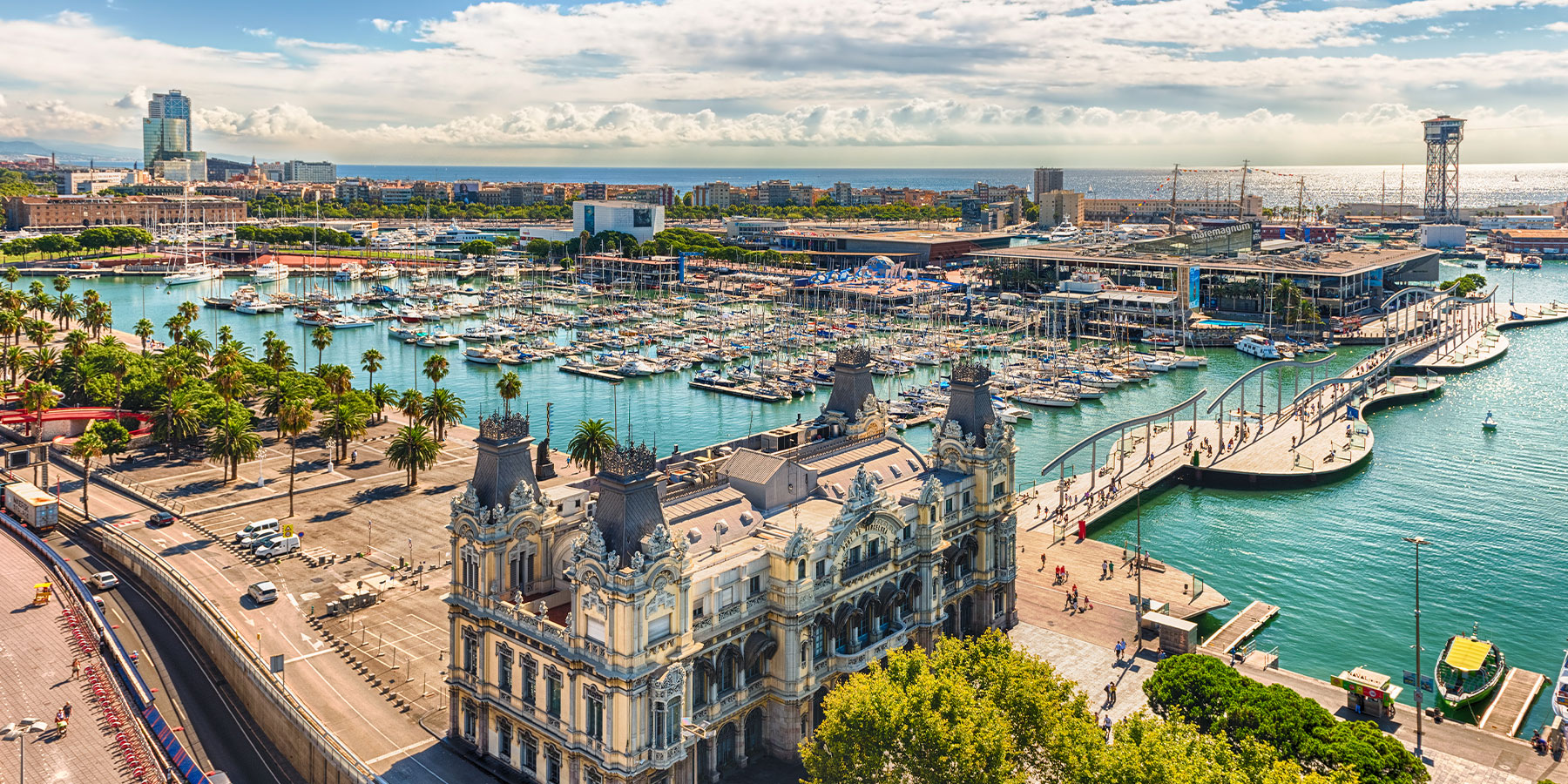
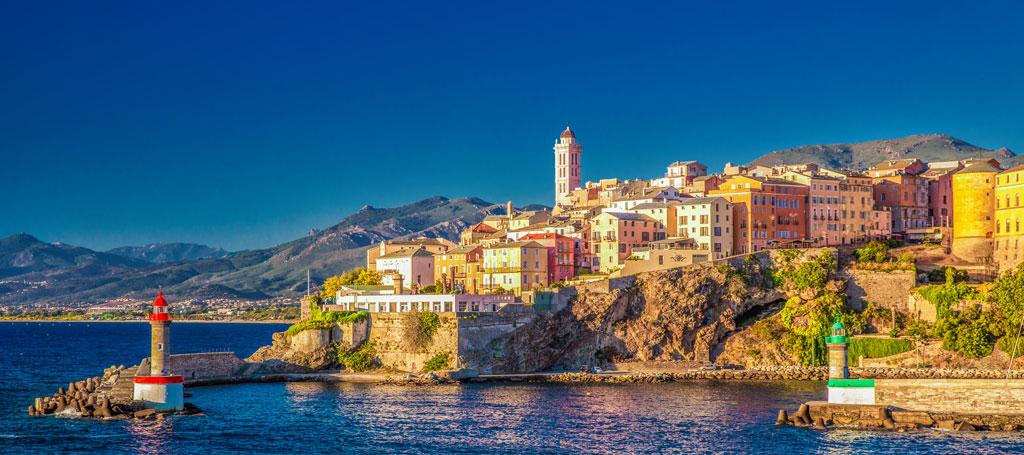
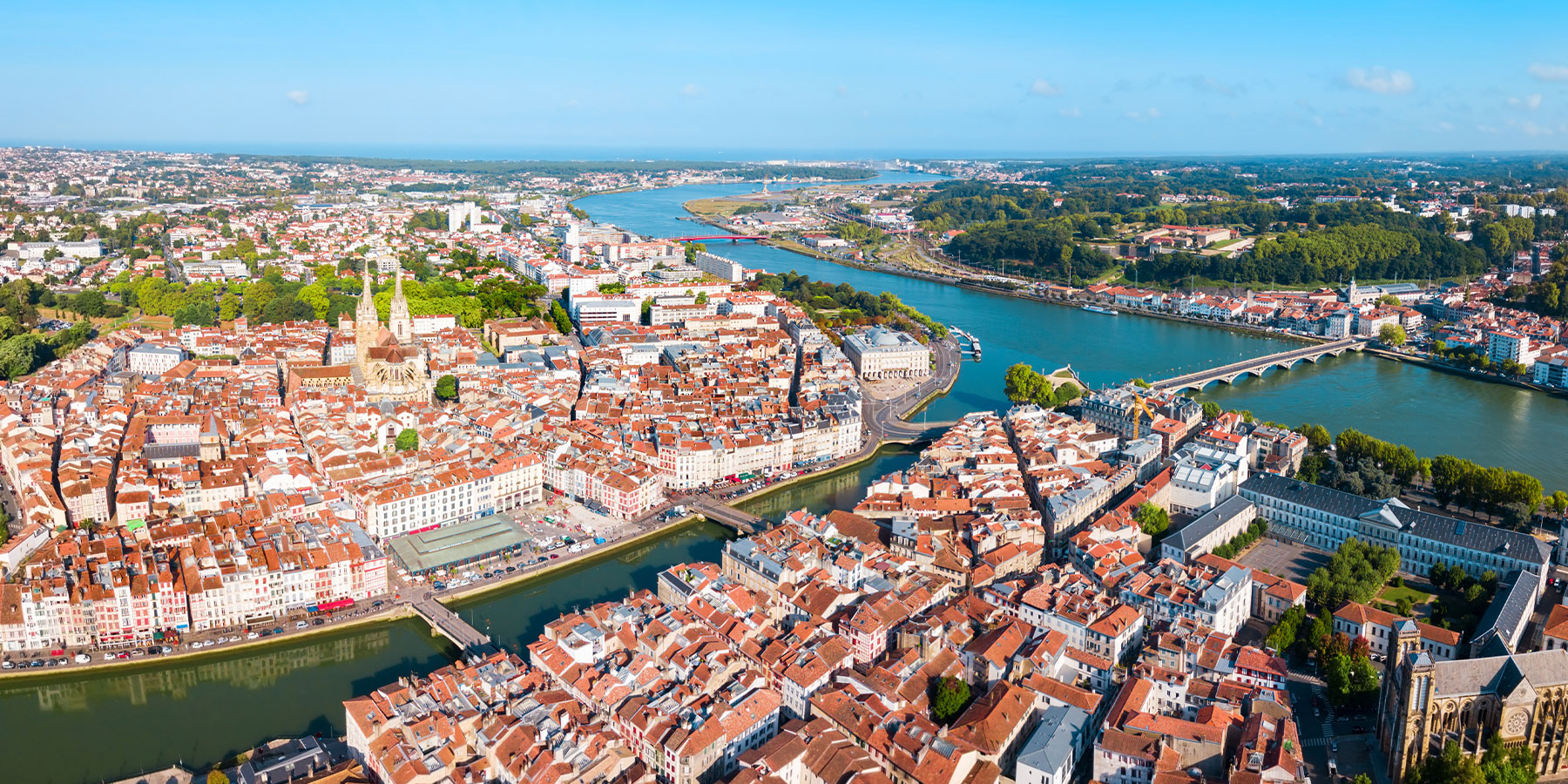
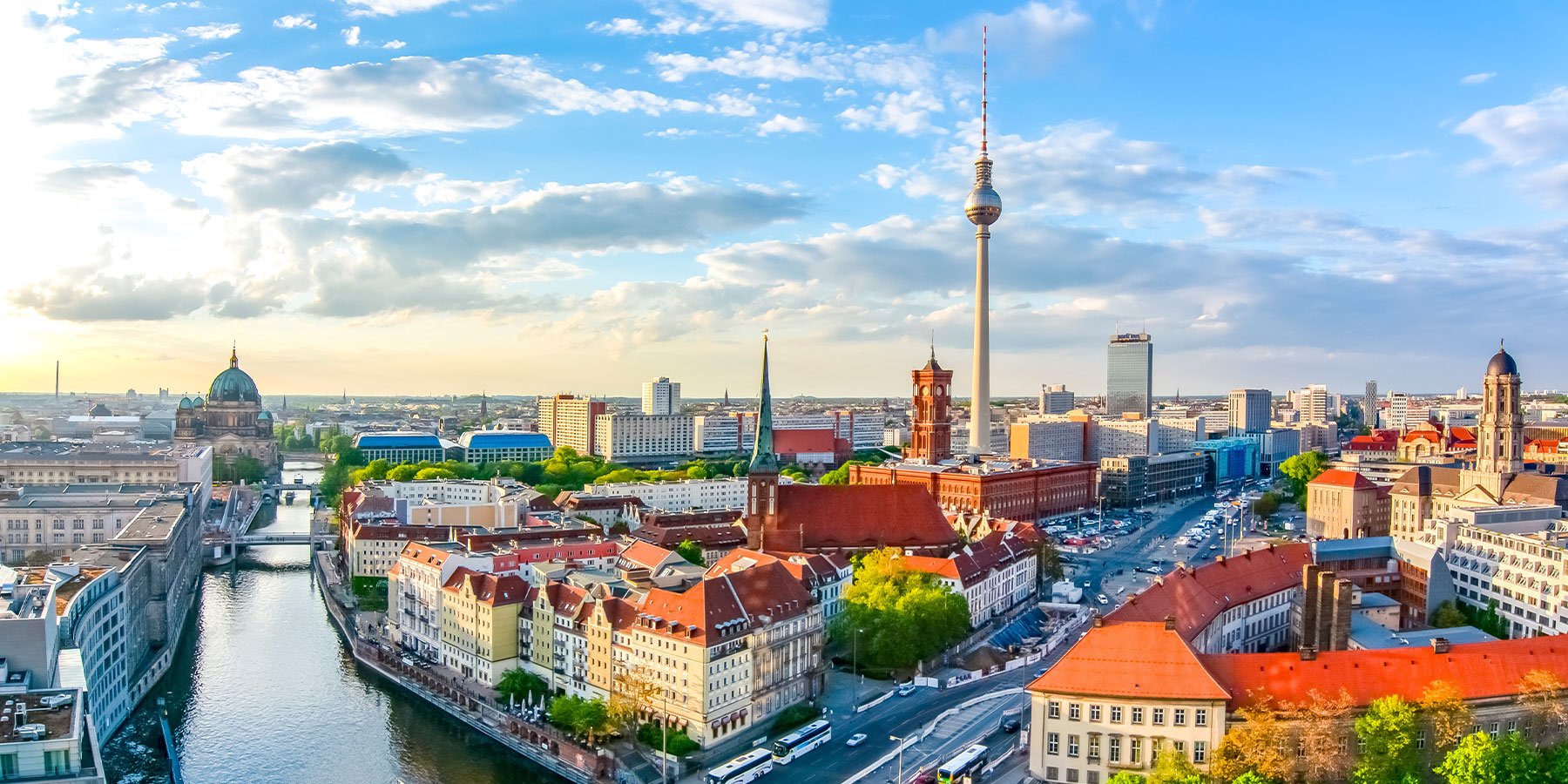
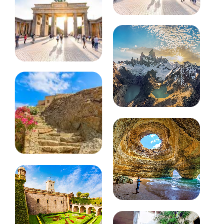

Comments